Travel is not only a journey of exploring geographical space, but also a connection between emotions, culture and historical depth.
After the merger, Quang Tri province has a golden opportunity to rebuild an inter-regional and inter-route tourism map, connecting the resource ecosystem into a seamless, unique chain of experiences.
Forming a new tourism map
The merger of the two provinces is not only a merger of administrative boundaries, but also opens up opportunities for a comprehensive restructuring of tourism development strategies. Previously, destinations in Quang Binh and Quang Tri often developed separately, lacking ecological connections, leading to fragmented experiences and low added value.
After the merger, Quang Tri province has the conditions to build tourism routes, clusters and corridors in a synchronous and systematic manner. Tourism space is no longer limited by geographical boundaries, but is connected by the logic of experience-emotion-identity.
Tourism experts say that in a period when tourism is shifting strongly towards experiences and emotions, tourism maps need to be designed not only geographically, but also along a journey of discovery from nature to culture, from relaxation to contemplation.
Accordingly, Quang Tri province can form at least three inter-regional tourism corridors with strategic, symbolic value and high development potential.
The first corridor is the East-West route, starting from Nhat Le beach, crossing Phong Nha-Ke Bang, crossing Truong Son to La Lay border gate (Dakrong district), connecting to Laos and Thailand.
This route is suitable for eco-tourism, cross-border caravan, linked to the East-West economic corridor and the trans-Asian route.
The second corridor is the North-South route, connecting Phong Nha to Cua Tung, passing through Quang Tri Citadel, Hien Luong Bridge, Vinh Moc Tunnels. This is a heritage route serving school tourism, traditional education, and gratitude-returning-to-the-roots tours.
The third corridor is a spiritual-memory route, from Truong Son Cemetery to Quang Tri Citadel, La Vang Church, Bich La Pagoda. This route is especially suitable during Vu Lan festival, July 27 memorial occasions, the end of the lunar year and cultural-religious events.
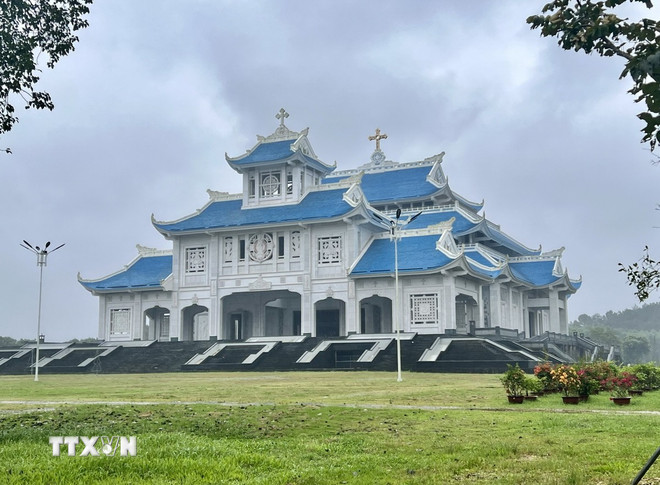
Mr. Le Duc Cuong, Director of a travel company in the Central region, said: “If we want Quang Tri tourism to develop substantially, we must combine experiences with emotions and messages. No one remembers a route, but people will remember a story.”
In particular, tourism in Quang Tri cannot develop alone. Experts say the province needs to proactively link regions, especially with the southern clusters such as Hue-Da Nang-Quang Nam, and the northern clusters such as Ha Tinh-Nghe An.
In addition, international border gates such as La Lay and Lao Bao open up connecting spaces with Laos, Thailand and the Indochina region.
Mr. Le Minh Tuan, Director of the Department of Culture, Sports and Tourism of Quang Tri province shared: “We are promoting close cooperation with localities to form inter-route and cross-border tours. The most important thing is to standardize products, synchronize promotion and build regional brands.”
Associate Professor-PhD Tran Huu Tuan-Rector of the School of Tourism, Hue University commented: “The new Quang Tri tourism axis, if properly invested, can become a model of regional linkage in the Central region. From there, it will expand into the "Central Heritage Road," connecting the new Quang Tri with Hue-Da Nang-Quang Nam, forming a tourism ecosystem from culture, islands, nature, spirituality to modern entertainment.”
Mr. Tuan suggested that regional brands such as “Vivid Memory Land - from Caves to Borders,” “Central Green Belt…” should not just be slogans, but should be a clear identification system, professionally invested in images, content, and digital communications.
Product Links - From Discovery to Contemplation
One of the current weaknesses is the lack of tools to support modern travel experiences. According to many international tourists, the lack of bilingual navigation and commentary apps makes the journey disjointed and lacking in depth.
Ms. Lisa Janssen, an American tourist who experienced a 5-day tour from Quang Binh to Quang Tri, shared: “I was impressed with the connection between destinations, but I really need an app that supports English and narration using technology to better understand Vietnamese history and the Quang Tri battlefield.”
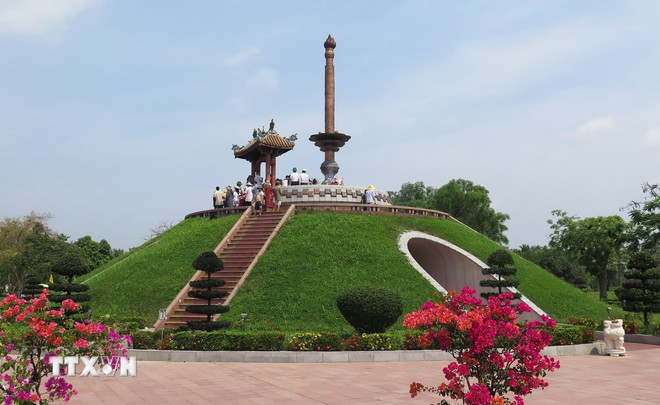
Mr. Dang Dong Ha, Deputy Director of the Department of Culture, Sports and Tourism of Quang Binh province said: “We are deploying a smart tourism ecosystem, with digital maps, big data, AR/VR applications, integrated service booking, positioning, 360-degree photos and multilingual narration.”
At the same time, the tourism industry needs to develop digital interactive platforms: mobile applications, digital media campaigns, promotional videos, travel photo-clip contests, etc. to increase community outreach and engagement.
According to tourism businesses, to create real value for tourists, it is necessary to link destinations into “a story with a beginning-climax-end,” rather than just listing attractions.
Mr. Nguyen Dinh Trung, Director of a travel company in Ho Chi Minh City, said: “Modern tourists not only want to explore but also want to connect with themselves. The Phong Nha-Ancient Citadel-La Vang tour can become a journey to revive memories.”
Mr. Nguyen Van Ha, Director of Viet Ha Travel Company, commented: "New Quang Tri tourism needs to reposition products, plan typical routes, and at the same time build a complete brand identity including logo, slogan, travel app and multi-platform communication campaign."
In addition, the province also needs to invest synchronously in infrastructure: from roads, signs to satellite services such as restaurants, rest stops, and tourist support centers. Tours should integrate many experiences: heritage tourism combined with relaxation, spiritual tourism combined with craft villages and cuisine, border tourism associated with exploring ethnic minority cultures.
Changing the tourism map is not just a technical matter, but a long-term development strategy. According to experts, when the three tourism corridors are formed and operated effectively, it will create a diverse network of experiences and a colorful tourism space.
“Tourists will not only come, but will live fully in a journey imbued with cultural-natural-human identity,” Associate Professor Tran Huu Tuan emphasized.
The strategic orientation of the new Quang Tri province is to gradually form an inter-regional tourism center in the Central region, thereby enhancing attraction, extending length of stay, increasing spending and promoting sustainable development of the "smokeless industry"./.
Lesson 1: Integrating history and nature - the foundation for tourism development
Lesson 3: Building Quang Tri into a world-class destination
Source: https://www.vietnamplus.vn/ket-noi-di-san-tao-ban-do-du-lich-lien-vung-post1047219.vnp


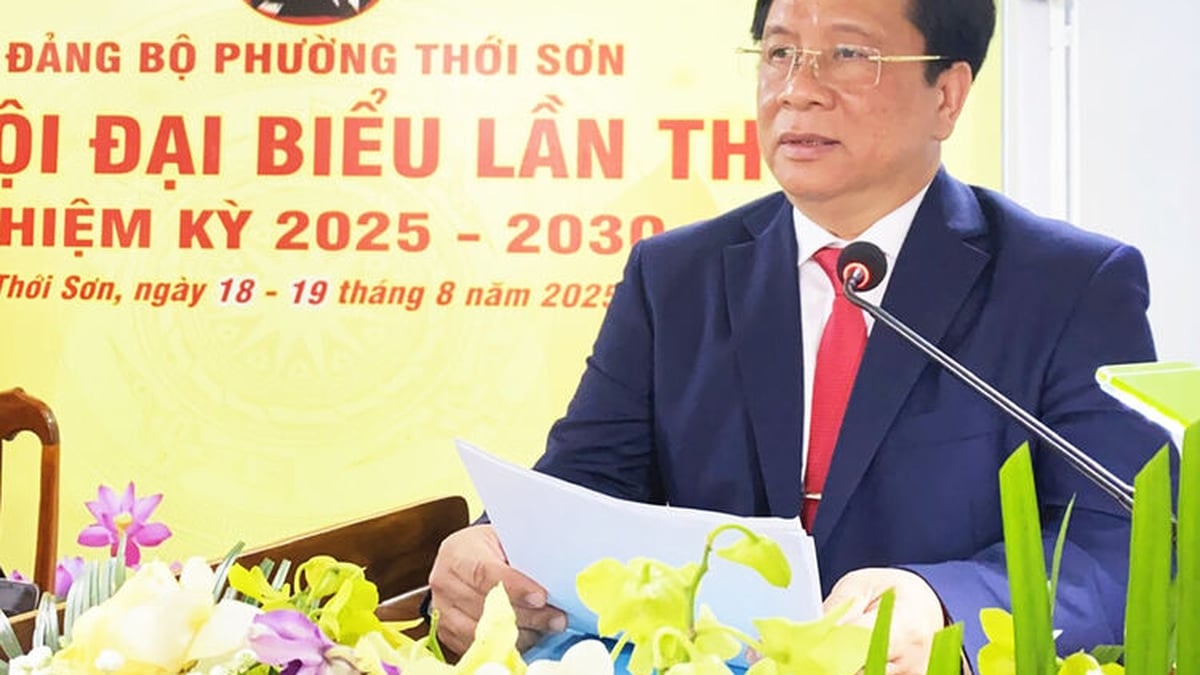
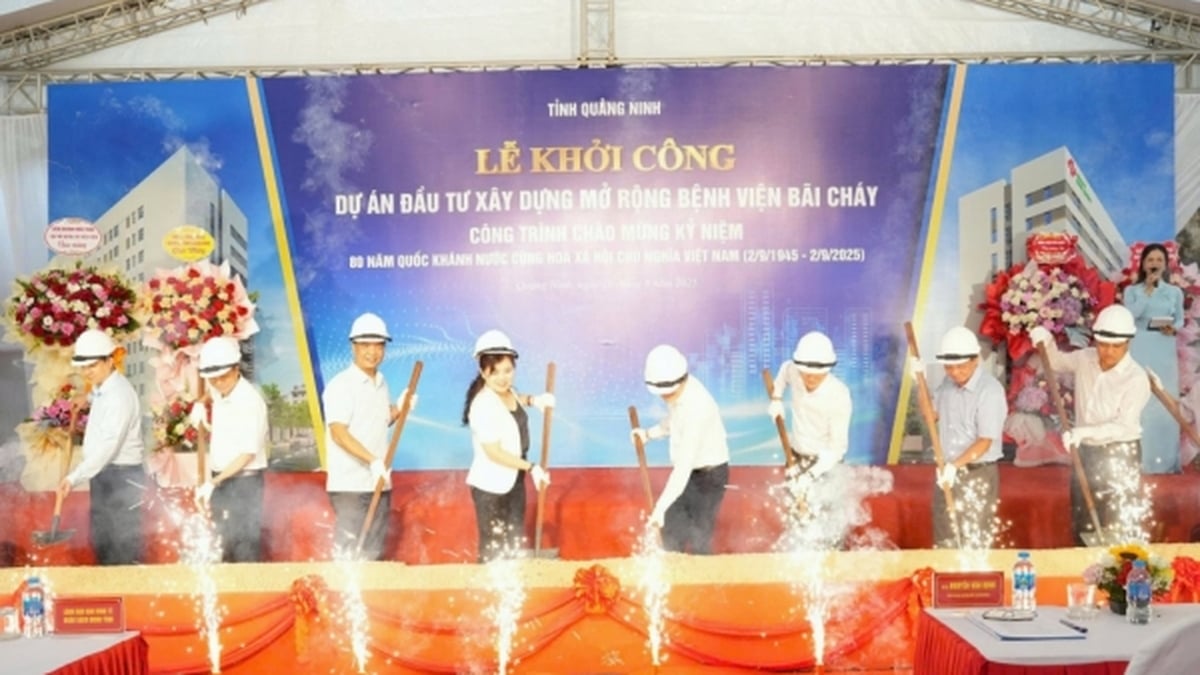



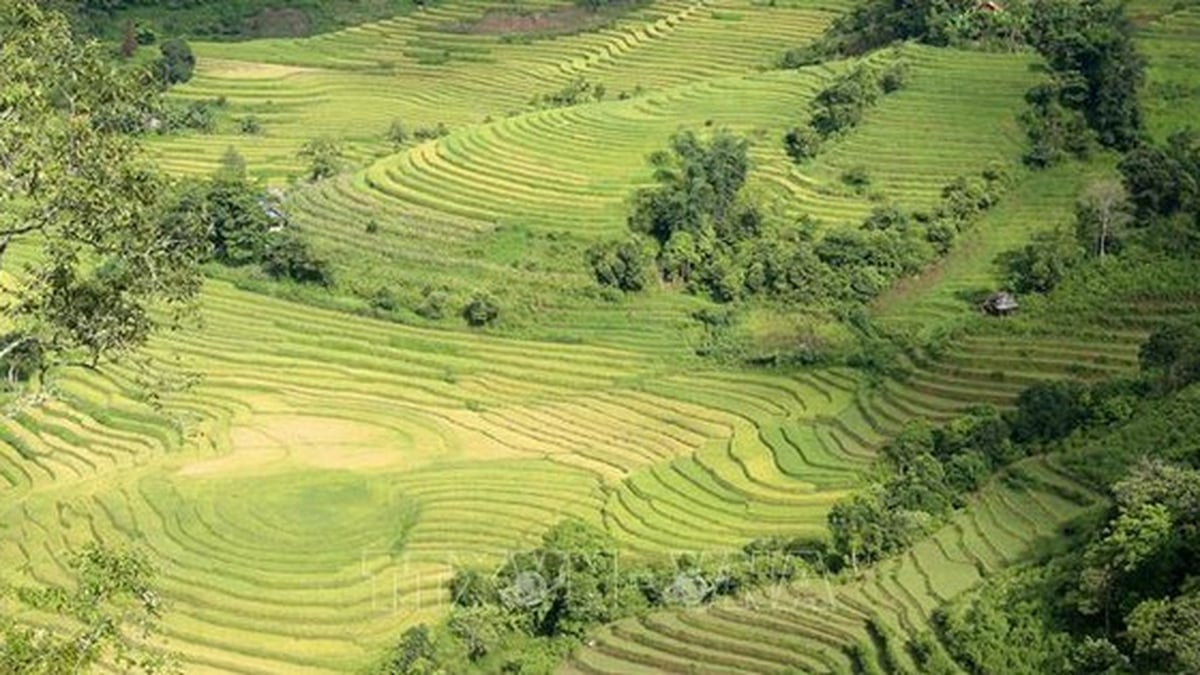


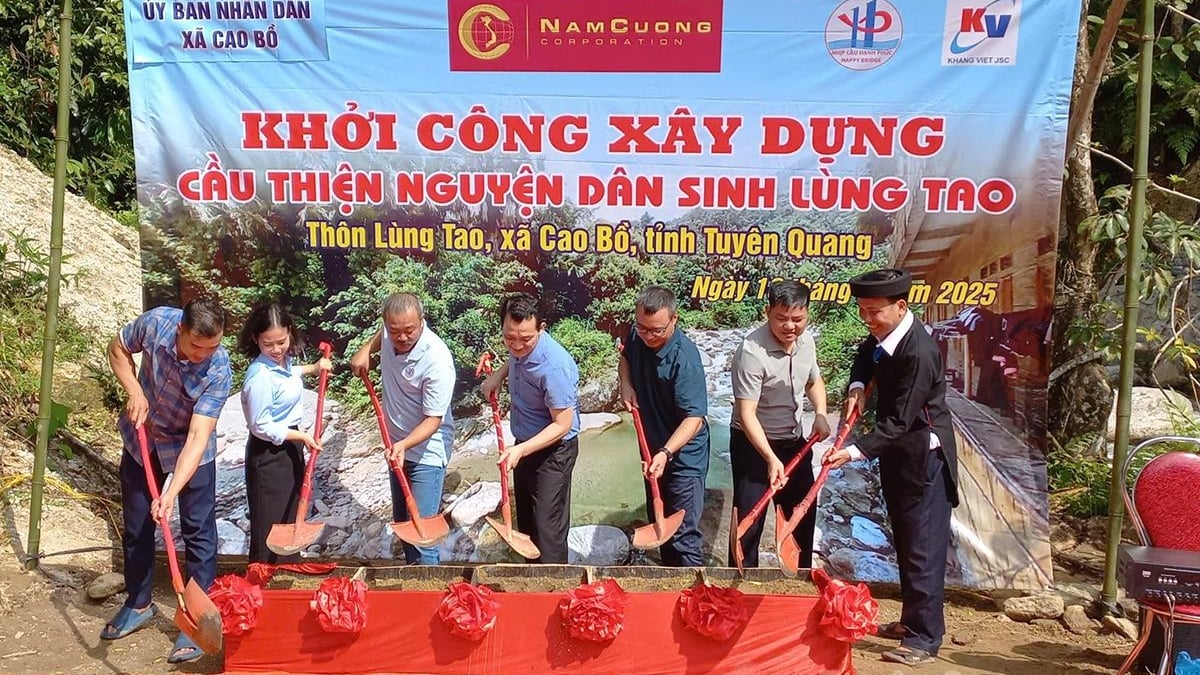











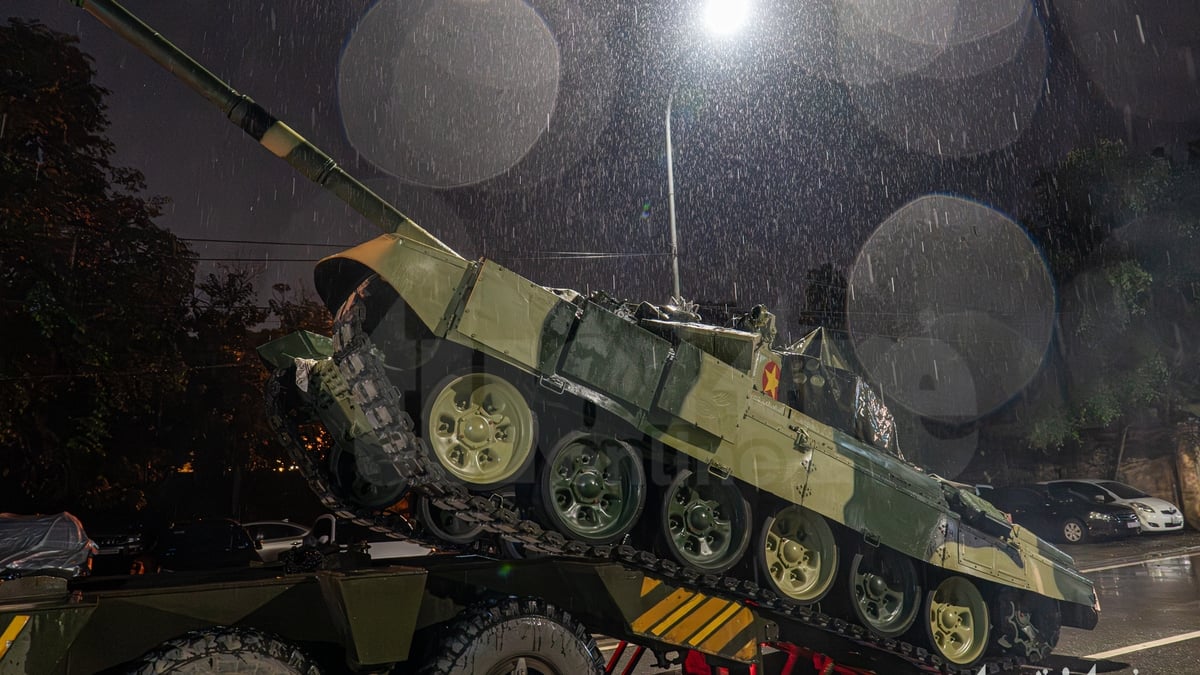

![[Photo] Close-up of the first International Financial Center building in Ho Chi Minh City](https://vphoto.vietnam.vn/thumb/1200x675/vietnam/resource/IMAGE/2025/8/19/3f06082e1b534742a13b7029b76c69b6)
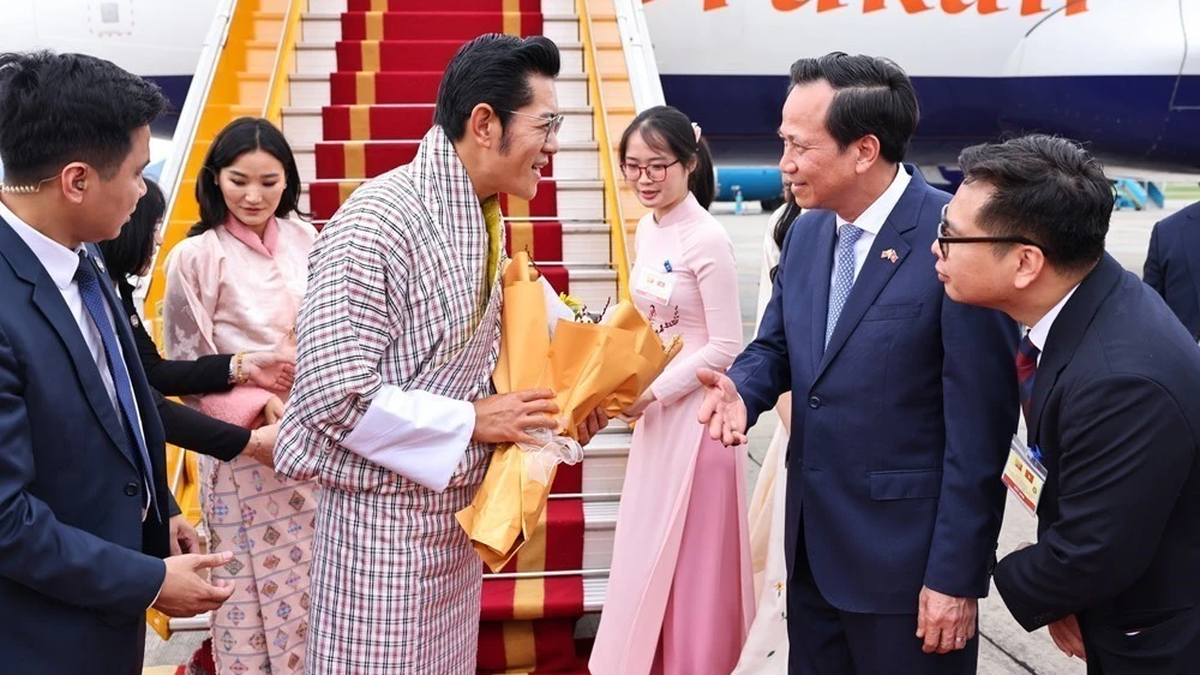
![[Photo] Prime Minister Pham Minh Chinh attends the opening ceremony of the National Data Center](https://vphoto.vietnam.vn/thumb/1200x675/vietnam/resource/IMAGE/2025/8/18/b5724a9c982b429790fdbd2438a0db44)

![[Photo] General Secretary To Lam and President Luong Cuong attend the handover ceremony of the Presidential Office Headquarters](https://vphoto.vietnam.vn/thumb/1200x675/vietnam/resource/IMAGE/2025/8/19/a37cfcbd301e491990dec9b99eda1c99)
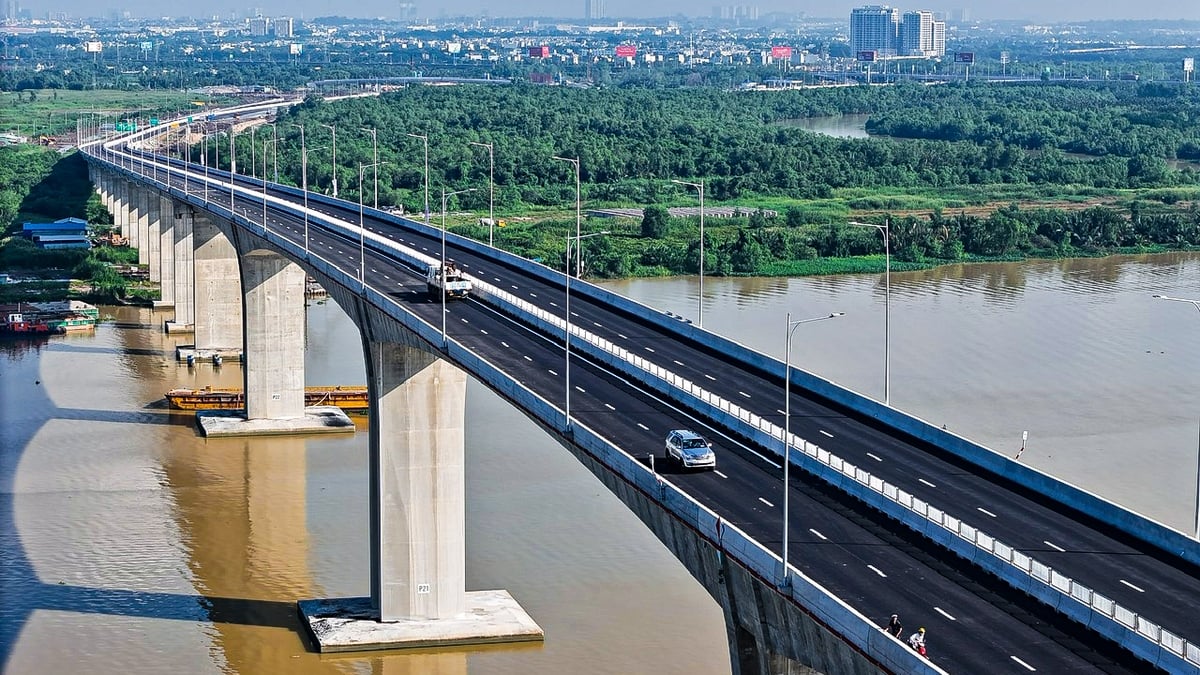
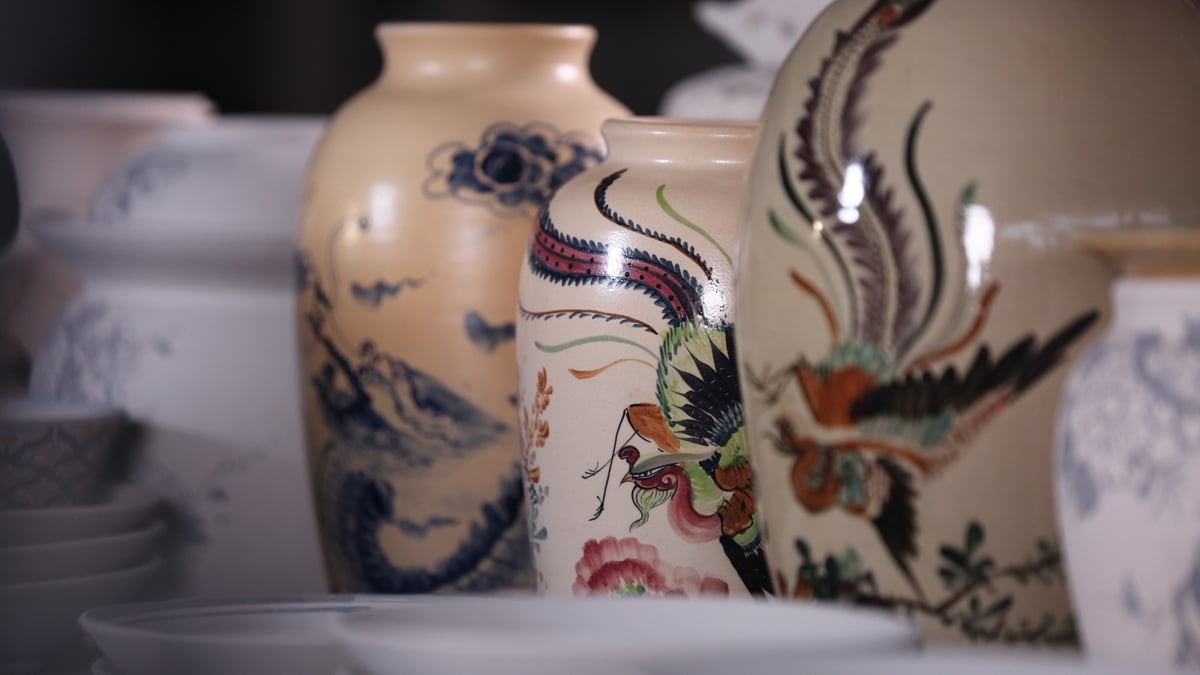
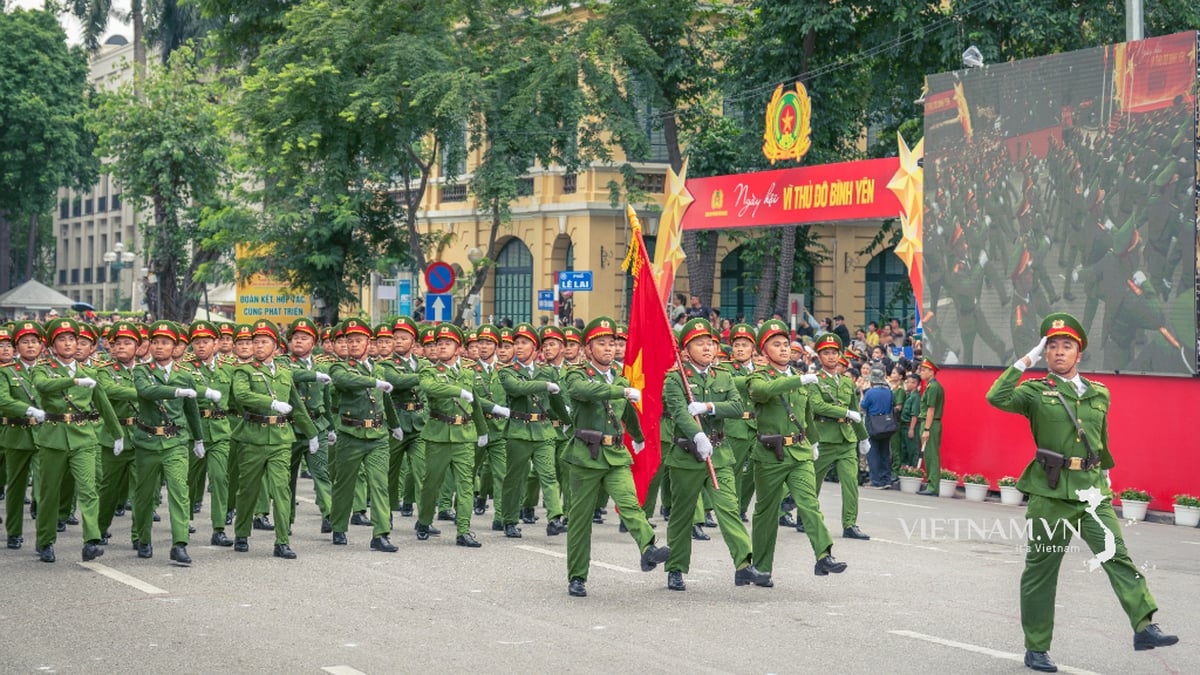
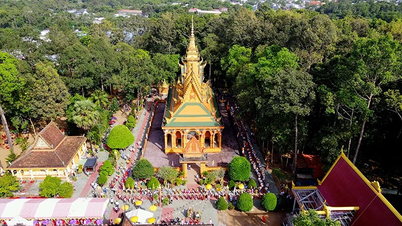

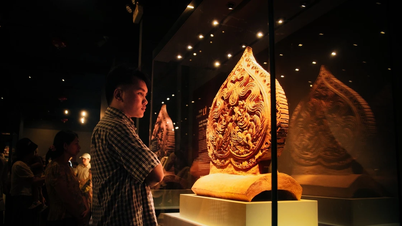
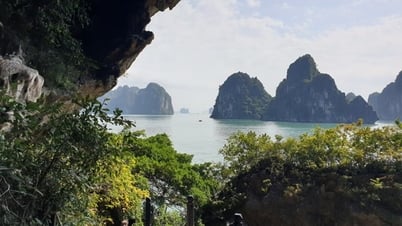

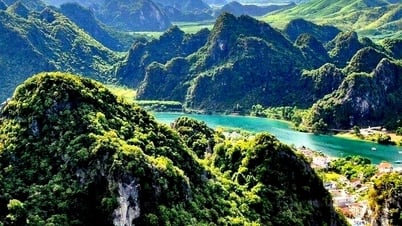

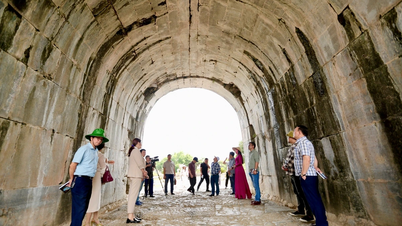













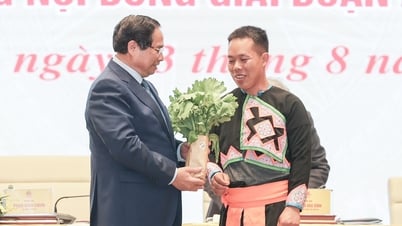



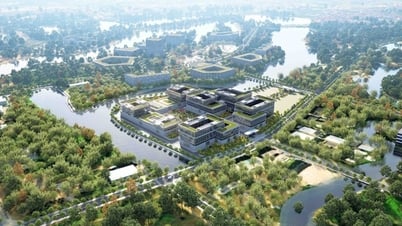





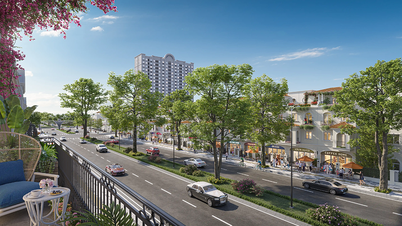



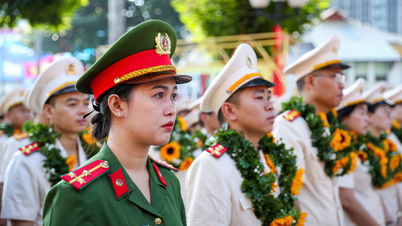




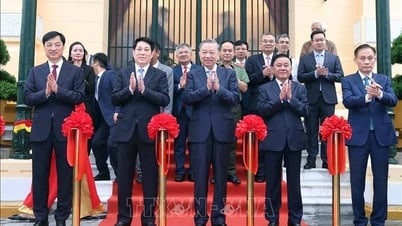




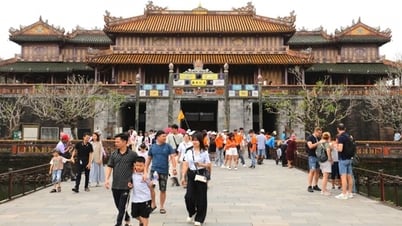
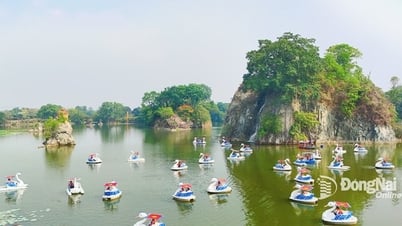








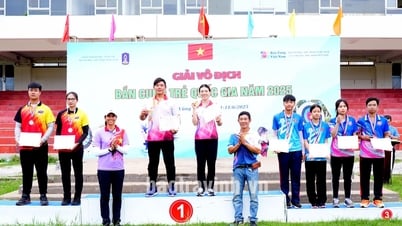


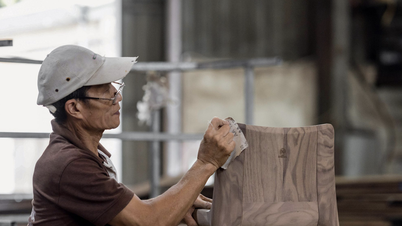

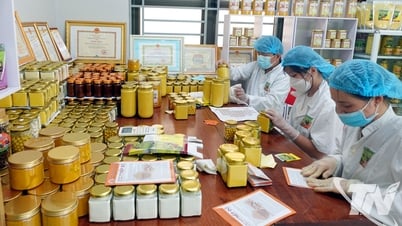



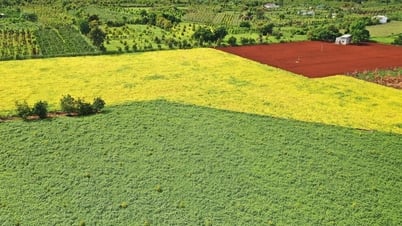





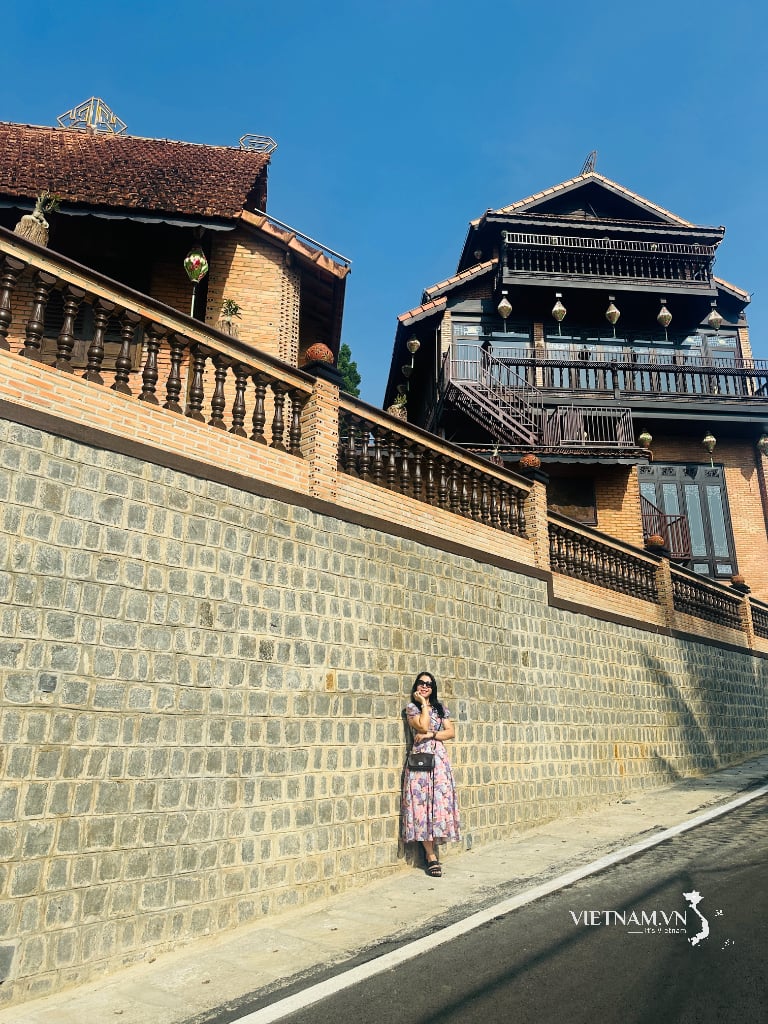
Comment (0)